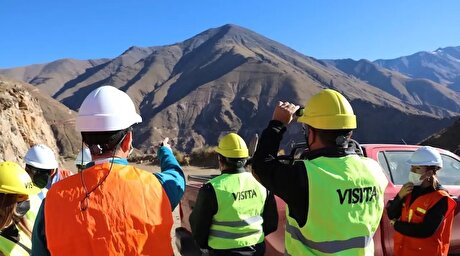
The next step in digital transformation: is Artificial Intelligence production-ready for green sand foundries?

Kasper and Frans, thank you for joining us today. To kick off, can you tell us – briefly – why using Artificial Intelligence (AI) in a green sand foundry is a good idea?
Kasper: DISA has been helping foundries collect, visualise and analyse their data with our Monitizer® suite for a few years now. Adding AI capabilities to do more with this data is a logical next step – and it’s a big one. Monitizer | PRESCRIBE – which is what our AI product is called – harnesses the power of AI to optimise the whole foundry process, significantly reducing scrap while increasing capacity and production predictability.
Frans: There’s a lot of hype around AI so at DataProphet, we like to quote real results to show what’s possible. Over the last two years, the average AI-driven defect reduction across all of our manufacturing customers is 40%. With some, it’s 80% or 100%. Few foundries take full advantage of Industry 4.0 techniques so the potential for them is enormous.
Our Expert Execution System (EES), enabled by AI, has helped a foundry in South Africa cut defect rates in grey iron engine block castings by 50% in the first month. For the first time ever, they achieved zero internal defects on all shipped castings over three months and now save over $100k every month.
How does AI help deliver these kinds of results?
Kasper: The key word here is automation. Many green sand foundries already collect and analyse process data but it’s usually limited to single sub-processes like moulding or pouring. The data for each process stays separate and basic manual analysis is done using spreadsheets or simple statistics.
With an entire foundry line, optimisation can involve hundreds or even thousands of variables across all the different process stages. Making sense of that complexity manually is just impossible. AI automates this analysis, using the cloud to access vast computing capacity. That’s the only way to handle the complex, large sets of data that will give us new insight that will in turn make a genuine difference to a foundry’s performance.
So what does an AI solution like Monitizer | PRESCRIBE actually do?
Frans: It starts by analysing historic production and quality data to learn from past mistakes and corrections, to find what works and what doesn’t. It considers how the parameters within and across all the different processes are related, how each one influences the other and what the ultimate combined effect on quality is. From that analysis, Monitizer | PRESCRIBE finds the optimal process parameters and tolerances for a particular casting and process. Knowing the best “recipe”, it can prescribe – hence the name – the best actions to take to improve quality.
Kasper: A good example is where, even though all your process parameters are within tolerance, you still might see bad quality castings. Often, this is because one metric is slightly high, another is slightly low and so on. It’s a specific combination of values that produces the defect, not a single extreme one. Because the AI has learnt how parameters like grain size, moisture content, pouring speed or inoculation rate influence each other, it can pick the right settings for minimum defects.
So that’s like a much more effective version of today’s offline analysis. How does AI help you apply those learnings during real production?
Kasper: Monitizer | PRESCRIBE applies what it has learnt to live data – keeping an eye on what your foundry is doing right now, in real time. That gives you dynamic process control, reacting instantly as conditions change, like ambient air temperature or sand moisture content, and telling operators on the line the optimal settings or actions to take in time to prevent defects occurring. It keeps on learning too, constantly optimising the production process towards zero scrap and improving other metrics like productivity and resource use.
Frans: Data-driven, real-time optimisation is sophisticated second-order control. By constantly monitoring machine and process data, then telling you which adjustments to make and again monitoring their effect, our AI tool gradually gets every part of your process running in harmony. You achieve a stable operating regime with the best quality and minimum quality variance. A good analogy is with an autonomous car which can automatically keep you in the middle of a motorway lane.
By constantly computing the optimum process parameters, our AI keeps your process in the “middle of the lane”.
It’s clear that automation and data analytics have enormous potential but many foundries have yet to adopt the basics here. So is it really possible for any green sand foundry to make use of AI?
Kasper: We see digital as a four-step journey where you start with data collection and visualisation, then move at your own speed towards analytics, AI and automatic process control. Of course, we can help customers do all of that very quickly if they want to. Our NoriGate is the only hardware involved – for data collection – and everything else is a cloud service which we can deploy in any foundry or with existing data collection infrastructure. That makes it very quick and resource-efficient to deploy. You won’t need any new IT hardware, data scientists or any extra staff.
We can digitise every step in the green sand process, take data from paper records or pull it from Excel, and give you a single trustworthy, time-stamped database ready for investigation. At each step, you can achieve significant benefits.
The point is that, no matter if you are just starting out or are digitally advanced, there are things we can do that help you take the next step very rapidly indeed.
So you don’t have to be a rocket scientist to make use of AI?
Frans: AI’s inner workings can be complicated to understand but together we have developed it into a packaged service that works for foundries. It’s not hard to implement it and it’s not capital-intensive. As Kasper says, everything you need to collect, store and report on the data is already available from DISA and well proven. Some foundries think they are too “old school” for digital, but AI projects can be realised when there’s no strong data environment or even if they haven’t really previously captured data at all. Our partnership with DISA enables very rapid digital progress in any type of foundry.
Does your partnership – between an industrial AI company and a foundry equipment expert –make your solution different to the other AI products we see emerging?
Kasper: A lot of vendors say they have an AI system, but a pure IT company may never have seen a foundry from the inside before. We bring a combination of deep foundry experience and DataProphet’s award-winning expertise in manufacturing data science with more than 35 engineers, statisticians and computer scientists dedicated to developing AI solutions. This collaboration makes our service uniquely practical and effective. It’s already tried and tested in a green sand foundry environment and we’re finding that fact is very attractive for customers. For example, we are currently installing the full Monitizer suite including Monitizer│PRESCRIBE at a large European foundry group.
From DataProphet’s point of view, how does DISA’s experience in green sand foundries help an AI project succeed?
Frans: When you implement an AI solution in manufacturing, it’s vital to capture domain knowledge completely and correctly. As the leading OEM supplier, DISA know green sand intimately and are very much the experts in the foundry environment. They know what to do and which questions to ask right at the start. That means value from a running system arrives in weeks, not months or years.
DISA’s customers also trust them to keep their promises and they understand that Monitizer│PRESCRIBE will be delivered and managed through them. If DISA puts its name to it, customers know it will be an effective, high quality product and that will be supported in five years time – and in ten or twenty years too.
Is this AI solution just for DISA customers?
Kasper: The entire Monitizer suite, including NoriGate and Monitizer│PRESCRIBE, is machine-agnostic, so it’s not limited to DISA machines or even to the green sand process. Monitizer is a Norican-wide solution, so every foundry can benefit from it, whether it’s pouring iron or die-casting aluminium.

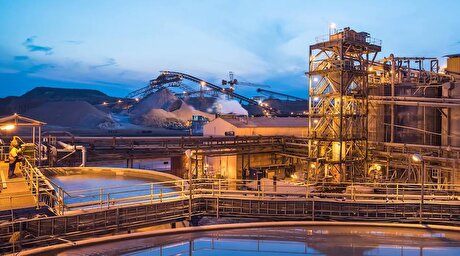
Mali to sell $107M in gold from Barrick to fund mine restart

Gold price retreats to one-week low on US tariff delay

Copper price soars to record as Trump announces 50% tariff

EU prepares to stockpile critical minerals in case of war: FT
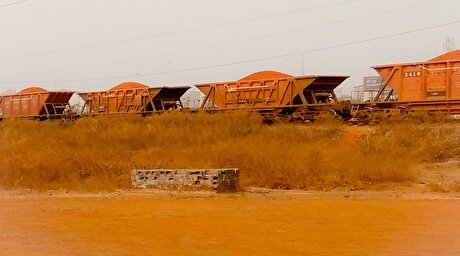
Guinea bauxite exports up 36% on Chinese demand
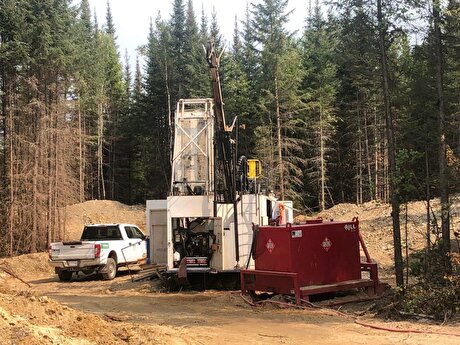
McFarlane Lake expands portfolio with $22M buy from Aris
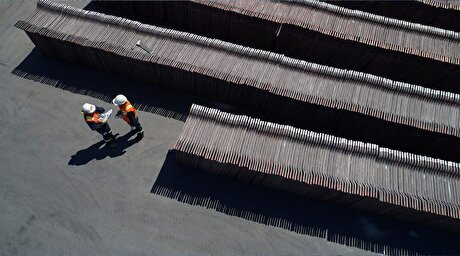
Glencore to sell Philippine copper smelter to Villar family

Gold ETFs drew largest inflow in five years during first half of 2025, WGC says

Summit Royalty to go public in deal with Eagle Royalties

Friedland backs Trump’s copper tariff as wake-up call
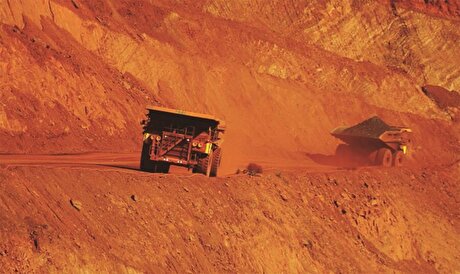
BHP to explore battery partnerships with CATL, BYD

Silver price surges to 14-year high amid mounting trade tensions
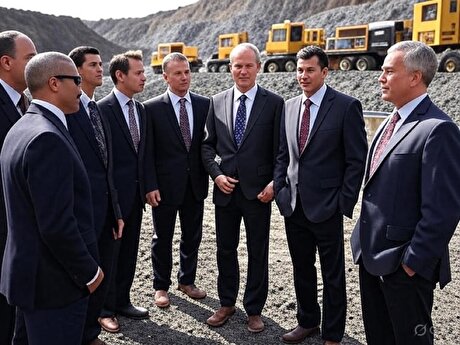
CHART: Nvidia hits $4 trillion – how do mining stocks stack up?
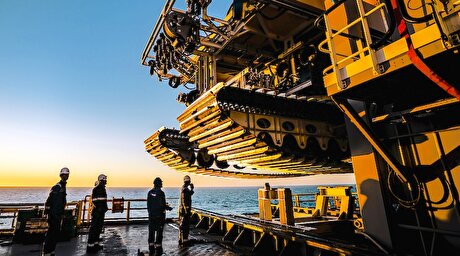
Lockheed Martin reboots Pacific seabed mining plans
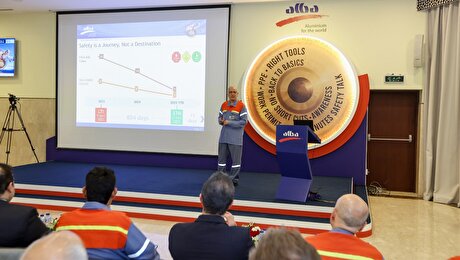
Alba kicks-off its Summer Safety & Health Campaign for 2025
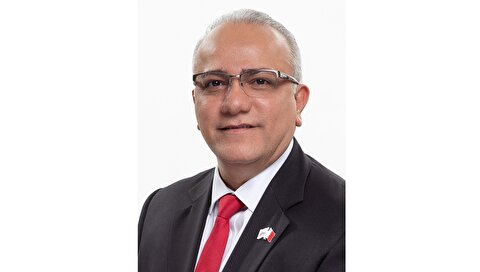
Alba Awarded EcoVadis Platinum Rating for the Second Time, Championing a Sustainable Tomorrow
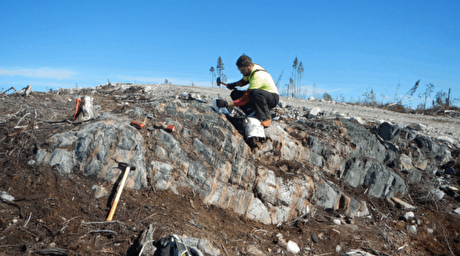
Troilus lands second offtake deal with major European copper producer
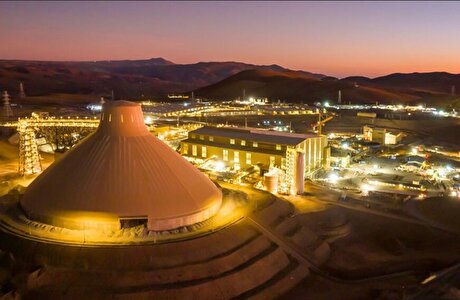
Copper mine output to rise 2.9% annually over next decade, says Fitch’s BMI
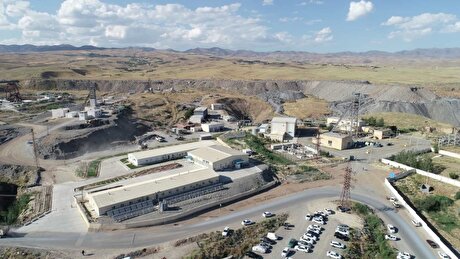
Navoi saw first half output value double on higher gold prices

BHP to explore battery partnerships with CATL, BYD

Silver price surges to 14-year high amid mounting trade tensions

CHART: Nvidia hits $4 trillion – how do mining stocks stack up?

Lockheed Martin reboots Pacific seabed mining plans

Alba kicks-off its Summer Safety & Health Campaign for 2025

Alba Awarded EcoVadis Platinum Rating for the Second Time, Championing a Sustainable Tomorrow

Copper mine output to rise 2.9% annually over next decade, says Fitch’s BMI

Navoi saw first half output value double on higher gold prices
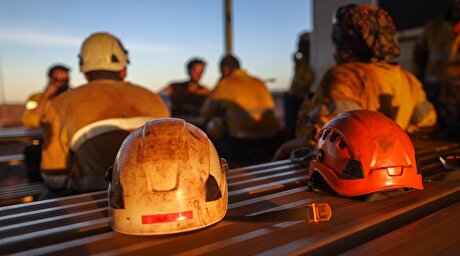
Fatalities rise for second year in global mining sector












